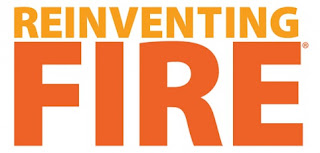Wind Power
Wind Power: Renewable Energy for Home, Farm, and Business by Paul Gipe Main Points: Wind power ultimately depends upon three key things: wind velocity, rotor length, and air density. Due to the lapse rate, temperature drops by 6.5 degrees Celsius for every kilometer of elevation thus making the pressure decrease, and hence why the air is less dense at higher elevations. The wind velocities mainly an exponential function of height, where the exponent is the shear factor and is 0.14 (1/7) for standard applications, higher for rougher terrain, and lower for smoother terrain. Normally if height increases by 5x, then the power increases by 2x- this is the case behind the company Makani Power (see below). Rotor length is the key consideration as this controls the swept area of the wind turbine. Power is proportional to the square of the turbine blade length, hence why 0.5m turbine blades produce 100 Watts, while 20 meter long blades can produce 3 megawatts. The two most common type...


